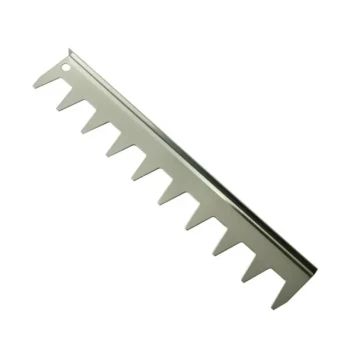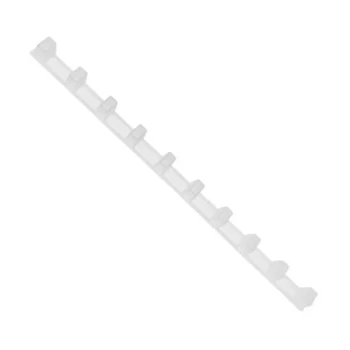Toggle Categories
Get Instant Support
Choose your preferred way to connect with our team
-
Get Free Quote Fill out form for detailed pricing
-
Send Email Detailed inquiry support
-
WhatsApp Quick mobile chat
Response Time
Within 8 hours on working days, 24 hours on holidays
Frame Spacer
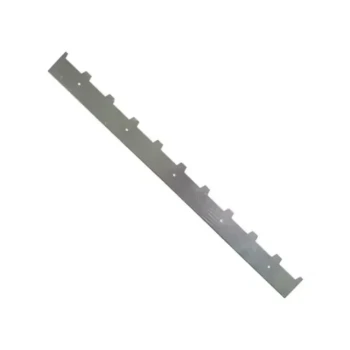
Professional Castellated Iron Frame Spacer for Multiple Hive Types
Item Number : FS-1
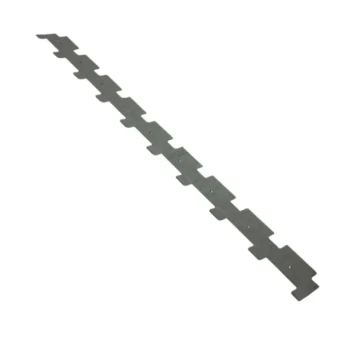
Heavy Duty Castellated Iron Frame Spacer for Honey Supers
Item Number : FS-2
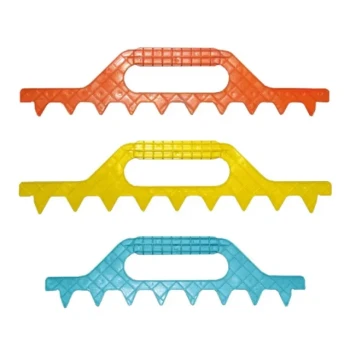
Ergonomic Plastic Frame Spacer Tool for Rapid Hive Management Beekeeping
Item Number : FS-8
REQUEST A QUOTE
Our professional team will reply to you within one business day. Please feel free to contact us!
Related Articles

The Silent Killer in the Hive: Why Moisture, Not Cold, Is Winter's Greatest Threat
Winter kills bee colonies not through cold, but through moisture and starvation. Learn the critical balance of insulation and ventilation for hive survival.

The Beekeeper's Nightmare: Why Moving Your Hives Can End in Disaster—And the Design That Prevents It
Discover the critical design flaw that makes hive relocation so risky. Learn why framed Langstroth hives are essential for mobile commercial apiaries.

The Geometry of Safety: Deconstructing the Engineering of a Beekeeper's Veil
A beekeeper's veil isn't just a barrier; its safety lies in the critical distance its structure creates, rendering a bee's stinger ineffective.

The Calculated Risk of a Simple Tool: Mastering the Bee Brush in Apiculture
The bee brush is a simple tool, but its use involves a psychological trade-off between efficiency and colony stress. Learn when and how to use it.

The Beekeeper's Dilemma: Choosing Between Wooden Frame Ideals and Plastic Frame Efficiency
The choice between wooden and plastic beehive frames is not just technical; it's a strategic decision balancing long-term hive health against operational efficiency.

How Bee Space Dictates Hive Success: Science-Backed Management Strategies
Learn how maintaining the precise 5/16" bee space in hives boosts colony health, reduces swarming, and increases honey yields. Science-backed strategies.

How Wooden Frames Deliver Better Long-Term Value for Commercial Beekeepers
Wooden frames offer commercial beekeepers long-term durability, hive health benefits, and sustainability over plastic alternatives.

How Top Bar Hives Deliver Sustainable Honey Harvesting for Healthier Bees
Discover how top bar hives promote sustainable beekeeping with lower costs, healthier bees, and pure honey. Ideal for eco-conscious beekeepers.

How to Harvest Honey from Foundationless Frames Without Damaging Wax Combs
Learn how to harvest honey from foundationless frames without damaging wax combs. Step-by-step guide for beekeepers to maximize yield and preserve comb integrity.

How to Protect Your Hives: Post-Harvest Frame Management for Beekeepers
Learn essential post-harvest frame management techniques to protect hives from pests, preserve honey quality, and ensure next season's productivity.

How Hive Entrance Size Shapes Bee Health: Balancing Ventilation and Security
Optimize hive health with science-backed entrance sizing strategies for ventilation, pest control, and temperature regulation in beekeeping.

Assembled vs. Unassembled Frames: A Beekeeper’s Time-Value Analysis
Compare assembled vs. unassembled beekeeping frames: time, cost, and durability trade-offs for hobbyists and commercial apiaries.

Wooden vs. Plastic Bee Hive Frames: Balancing Sustainability and Practicality
Compare wooden vs. plastic bee hive frames: sustainability, practicality, and cost. Choose eco-friendly wood or durable plastic for thriving hives.

How Proper Storage Extends Beekeeping Glove Lifespan by Multiple Seasons
Learn how proper storage techniques can extend the lifespan of your beekeeping gloves by multiple seasons. Discover moisture management, pest prevention, and material preservation tips.
